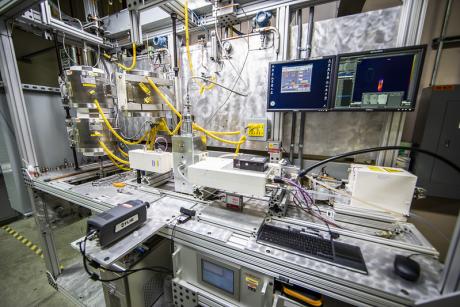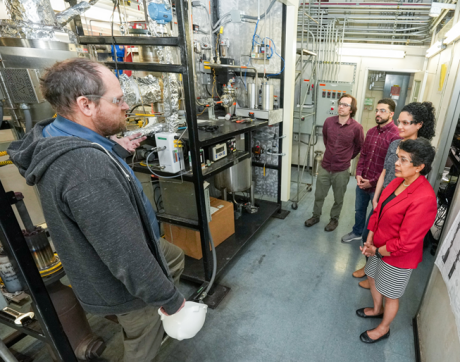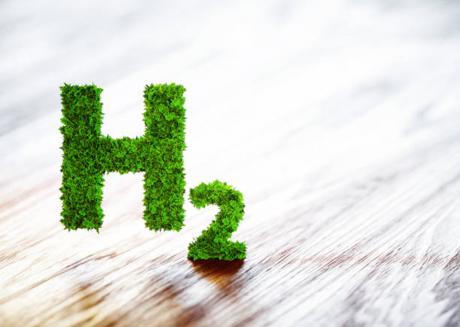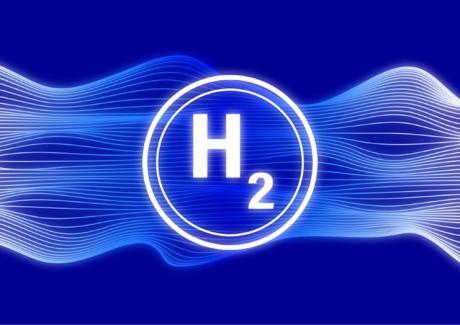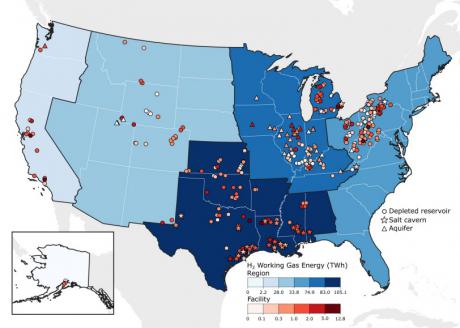NETL and Newark, New Jersey-based Cecilia Energy combined their strengths in a novel Cooperative Research and Development Agreement (CRADA) that aims to solve one of the world’s greatest environmental challenges while creating upcycled products in the process.
Tulsa, Oklahoma-based ClearSign Technologies Corporation was awarded $1.65 million in Phase II Small Business Innovation Research (SBIR) funding for the development of its “Flexible Fuel Ultra-Low Nitrogen Oxide (NOx) Process Burner,” technology that can foster decarbonized hydrogen power use across the country in industrial settings.
NETL’s portfolio of evolving carbon capture technologies that can help industries attain the nation’s net-zero carbon emission target will be on display to a nationwide audience during the Carbon Capture Technology Expo North America June 26-27 at the NRG Center in Houston, Texas.
WASHINGTON, D.C. — The U.S. Department of Energy’s (DOE) Office of Fossil Energy and Carbon Management (FECM) today announced six projects selected to receive approximately $9.3 million in federal funding to develop cutting-edge technology solutions to make clean hydrogen a more available and affordable fuel for electricity generation, industrial decarbonization, and transportation. The projects will focus on advancing hydrogen systems that convert varied waste feedstock materials into clean energy with superior environmental performance to help achieve the Biden-Harris Administration’s historic decarbonization goals.
NETL researchers recently scaled up hydrogen production tests by increasing the catalyst load from 500 grams to 4.5 kilograms, a significant step toward advancing the hydrogen production technology needed for a clean energy future.
WASHINGTON, D.C. — The U.S. Department of Energy’s (DOE) Office of Fossil Energy and Carbon Management (FECM) has released a Request for Information (RFI) that seeks input on developing a high hydrogen production rate, low-cost, efficient reversible solid oxide fuel cell (R-SOFC) that has long-term stability and can operate on and/or produce hydrogen.
An analysis of the potential safety issues associated with using hydrogen sourced from America’s vast energy resources to build a sustainable future is now available for all to see on NETL’s website.
NETL expertise was showcased at a recent workshop held to develop innovative pathways to produce hydrogen as a clean and affordable fuel of the future and identify opportunities for collaborative research efforts among national labs, academic researchers and industry partners.
NETL researchers have been awarded a patent for a new fiber optic sensor designed to detect hydrogen (H2) leaks at storage facilities that can save time and money compared to traditional methods — progress that can help accelerate the drive to put H2 to work as a dependable fuel to advance America’s decarbonization efforts.
A new study by NETL researchers, in collaboration with Pacific Northwest National Laboratory and Lawrence Livermore National Laboratory researchers, demonstrated that existing U.S. underground gas storage (UGS) facilities can viably store hydrogen-methane blends, reducing the need to build new hydrogen infrastructure while meeting a range of the hydrogen demand projected for 2050 and helping to support the transition to a clean hydrogen economy.




